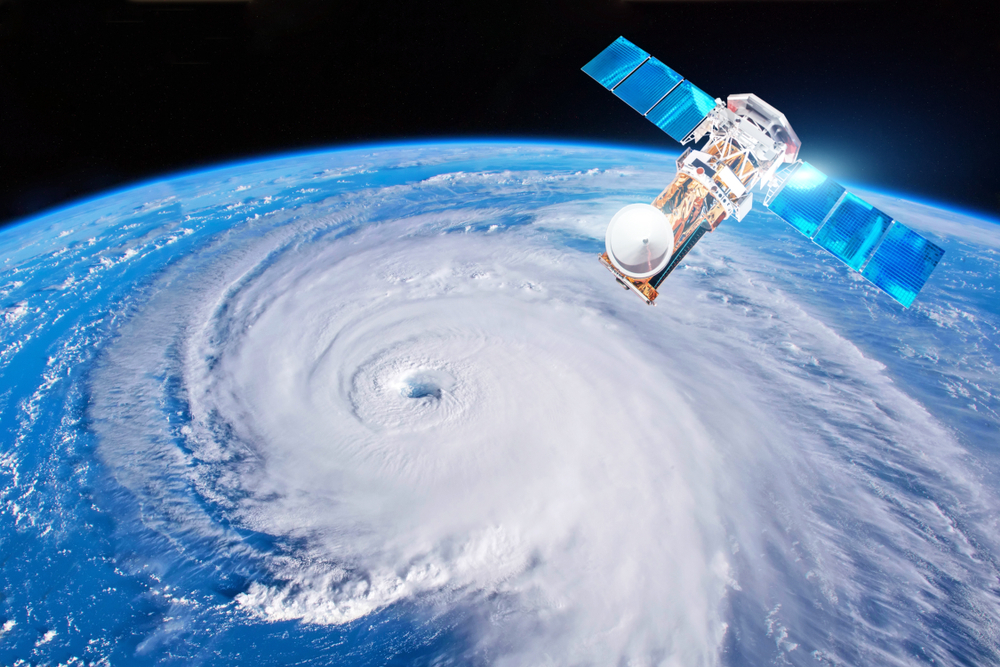With the ability of catastrophic weather events to pop up and escalate quickly, preparing properties and tenants well in advance is of the utmost importance. Once they begin there is usually little, if any, time to run for cover. Natural disasters don’t wait on humans to be ready to respond. If your investor clients aren’t already prepared for these types of catastrophes, then there is no time like the present to get geared up! Heeding the natural disaster prep tips below from Ready.gov could save investors thousands of dollars and may even save a life.
Wildfire Preparation
Wildfire Season:
Wildfires can occur at any time throughout the year, but the potential is always higher during periods with little or no rainfall, which make brush, grass, and trees dry, and burn more easily. For many areas, this occurs in summer through fall months, but western states, like California, have a year-round wildfire risk. High winds can also contribute to spreading the fire. Some communities have a designated wildfire season when the risk is particularly high. It is important that your investors prepare their properties and tenants well in advance.
For the property:
- Maintain an area approximately 30 feet within the property that is free of anything that will burn, such as wood piles, dried leaves, newspapers, brush, and other landscaping.
- From 30 feet to 100 feet- reduce or replace flammable vegetation as much as possible and create “fuel breaks,” such as driveways, gravel walkways, and lawns.
- Create up to 200 feet around the home where vegetation is thinned. Remove underbrush and tall trees to ensure they do not touch each other or form continuous canopies.
- Regularly clean the roof and gutters.
- When a threat is present, connect garden hoses long enough to reach any area of the home and fill garbage cans, tubs, or other large containers with water.
For tenants:
- Investors should ensure their tenants know their wildfire risk, especially if they are not originally from the area.
More Wildfire Tips: https://www.ready.gov/wildfires
Hurricane Preparation
Hurricane Season:
The Atlantic hurricane season runs from June 1 to November 30, with the peak occurring from mid-August to late October. The Eastern Pacific hurricane season begins May 15 and ends November 30.
For the property:
- Trim or remove damaged trees and limbs to keep tenants and the property safe.
- Secure loose gutters and downspouts and clear any clogged areas or debris to prevent water damage.
- Retrofit to secure and reinforce the roof, windows, and doors- including the garage doors.
- Purchase a portable generator for use during power outages. Remember to keep generators and other alternate power/heat sources outside, at least 20 feet away from windows and doors, and protected from moisture. NEVER try to power the house wiring by plugging a generator into a wall outlet.
- Investors may consider building a FEMA safe room or ICC 500 storm shelter designed for protection from high winds and in locations above flooding levels.
For tenants:
- Tenants should be prepared to stay in the home if they are not advised to evacuate. Tenants will need adequate supplies in case they lose power and water for several days and are not able to leave due to flooding or blocked roads.
More Hurricane Tips: https://www.ready.gov/hurricanes
Tornado Preparation
Tornado Season:
Tornadoes can strike in any season but occur most often in the spring and summer months. They can occur at any hour of the day or night, but are most likely between 3 p.m. and 9 p.m.
For the property:
Extreme windstorms pose a serious threat to buildings and their occupants. An investor client’s residence may be built to code but that does not mean it can withstand winds from extreme events such as tornadoes and major hurricanes. The purpose of a safe room built to FEMA criteria, or a storm shelter built to ICC 500 standards, is to provide a space where people can seek refuge that provides a high level of protection. A safe room can be built in one of several places inside the property:
- The basement
- Atop a concrete slab-on-grade foundation or garage floor
- An interior room on the first floor
Safe rooms built below ground level provide the greatest protection, but a safe room built in a first-floor interior room also can provide the necessary protection. Below-ground safe rooms must be designed to avoid accumulating water during the heavy rains that often accompany severe windstorms.
To protect its occupants, a safe room must be built to withstand high winds and flying debris, even if the rest of the residence is severely damaged or destroyed. Investors should consider the following when building a safe room:
- The safe room must be adequately anchored to resist overturning and uplifting.
- The walls, ceiling, and door of the shelter must withstand wind pressure and resist penetration by airborne objects and falling debris.
- The connections between all parts of the safe room must be strong enough to resist the wind.
- Sections of either interior or exterior residence walls that are used as walls of the safe room must be separated from the structure of the residence so that damage to the residence will not cause damage to the safe room.
For tenants:
- Identify safe rooms (built to FEMA criteria or ICC500), storm shelters, or other potential protective locations within the property or inside sturdy buildings near the property, where tenants can go to quickly for safety in the event of a warning or an approaching tornado.
- For buildings with long-span roofs, open space plans, or many occupants- investors should identify the best available refuge and share those locations with tenants.
- Tenants should be advised to stay alert to changing weather conditions and look for the following danger signs:
- Dark, often greenish sky
- Large hail
- A large, dark, low-lying cloud (particularly if rotating)
- Loud roar, similar to a freight train.
- If approaching storms or any danger signs are seen, tenants should be prepared to take shelter immediately.
More Tornado Tips: https://www.ready.gov/tornadoes
General Disaster Preparedness Tips for Investors & Their Tenants
- Investors should review their insurance policy and require tenants to carry renter’s insurance to protect their belongings.
- Investors may want to provide basic supplies for an emergency preparedness kit in the welcome packet. Tenants will also need medications and copies of critical information if/when they need to evacuate.
- Provide resources to help tenants make an emergency plan including an evacuation plan and a communication plan. Share local emergency management agency contact information with tenants.
- Investors should make a plan for contacting tenants in the event of an emergency. Tenants should know how to best contact the investor or the property manager during an emergency, too.
- During the event, stay tuned to phone alerts, TV, or radio, for weather updates, emergency instructions or evacuation orders. In any emergency, always follow the instructions given by local emergency management officials. Tenants should be advised to do the same.
- Many communities have text or email alerting systems for emergency notifications. For investors and tenants to find out what alerts are available in the area, search the Internet with the town, city, or county name and the word “alerts.” NOAA Weather Radio, commercial radio, and television newscasts are several other reliable methods for obtaining the latest information.
Further Reading
Learn more about Named Storm and Flood coverage: “Is It Covered? Named Storm”, “Is It Covered? Flood”
What to do before & after a Storm: “Storms on the Horizon”, “Hurricane Preparation Tips”





